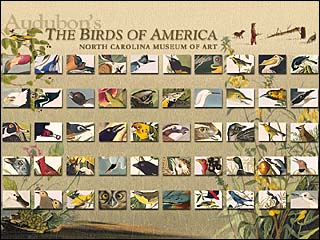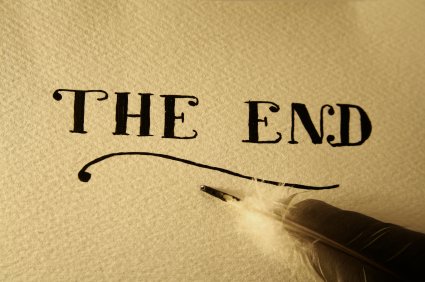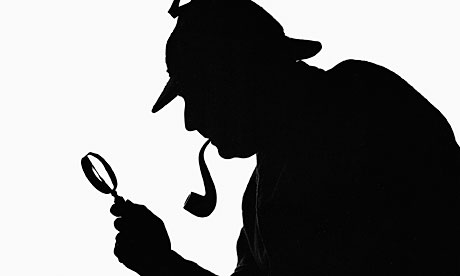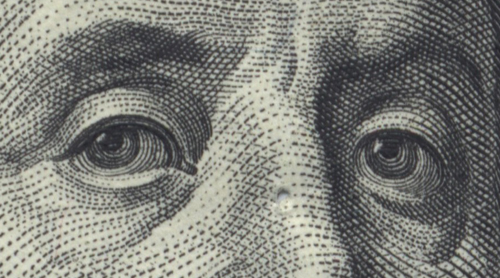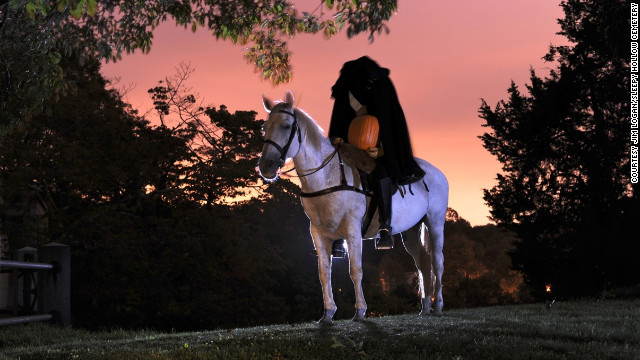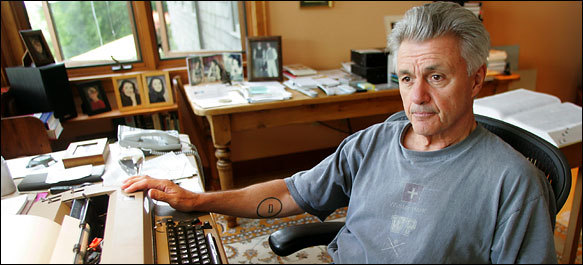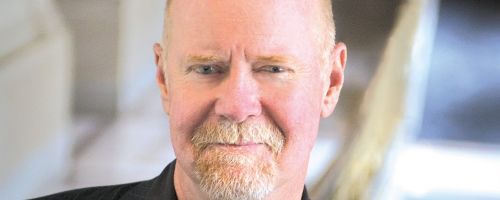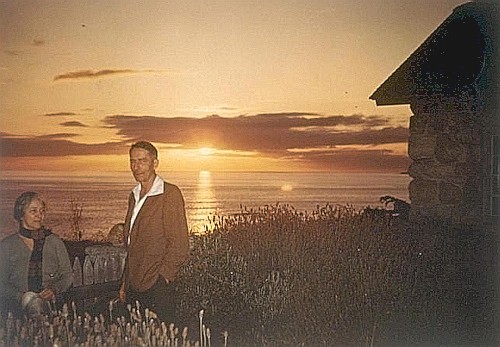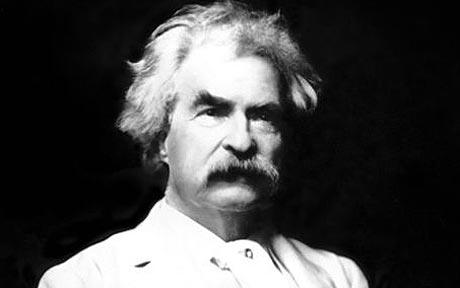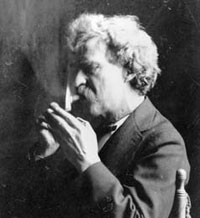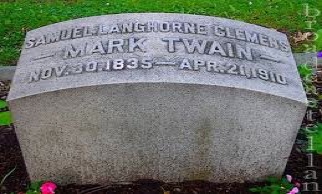The closing lines of My Mantelpiece, the memoirs of civil rights icon Carolyn Goodman (published by Why Not Books in 2014), reflect a woman’s relentless pursuit of social conscience and her realization that the job is never done. In the twilight of her life, as she looked back on life lessons amid tragedy and triumph, Dr. Goodman recalled the following:
I once asked a question of a slightly younger friend: “What do you during the day?”
“Nothing,” she told me, offering a few minor examples that bolstered her statement. “What’s there to do?”
What’s there to do? I would always wonder instead: Is there time to do everything?
Last lines are final impressions. The cherry on top. The words that linger. Given that his month marks the 75thanniversary of the premiere of the film Gone with the Wind, closing lines are very much on my mind. What follows are some of the best:
1. "He loved Big Brother." (1984 by George Orwell)
2. "I got to light out for the Territory ahead of the rest, because Aunt Sally she's going to adopt me and sivilize me, and I can't stand it. I been there before." (Adventures of Huckleberry Finn by Mark Twain)
3. “Eventually, all things merge into one, and a river runs through it. The river was cut by the world's great flood and runs over rocks from the basement of time. On some of the rocks are timeless raindrops. Under the rocks are the words, and some of the words are theirs.
I am haunted by waters.” (A River Runs Through It by Norman Maclean)
4. “From here on in I rag nobody.” (Bang the Drum Slowly by Mark Harris)
5. “Tomorrow, I’ll think of some way to get him back. After all, tomorrow is another day.” (Gone with the Wind by Margaret Mitchell)
6. "Max stepped into his private boat and waved goodbye and sailed back over a year and in and out of weeks and through a day and into the night of his very own room where he found his supper waiting for him—and it was still hot." (Where the Wild Things Are by Maurice Sendak)
7. "There is grandeur in this view of life, with its several powers, having been originally breathed by the Creator into a few forms or into one; and that, whilst this planet has gone cycling on according to the fixed law of gravity, from so simple a beginning endless forms most beautiful and most wonderful have been, and are being evolved." (Origin of Species by Charles Darwin)
8. “For though he was master of the world, he was not quite sure what to do next. But he would think of something.” (2001: A Space Odyssey by Arthur C. Clarke)
9. “Then I went back into the house and wrote, It is midnight. The rain is beating on the windows. It was not midnight. It was not raining.” (Molloyby Samuel Beckett)
10. "So we beat on, boats against the current, borne back ceaselessly into the past." (The Great Gatsby by F. Scott Fitzgerald)
11. " Now I know they were the forces that contributed to our illusion of Owen's weightlessness: they were the forces we didn't have the faith to feel, they were the forces we failed to believe in—and they were also lifting up Owen Meany, taking him out of our hands. O God—please give him back! I shall keep asking You." (A Prayer for Owen Meany by John Irving)
12. "Then our mother came in, and she said to us two, 'Did you have any fun? Tell me. What did you do?’ And Sally and I did not know what to say. Should we tell her the things that went on there that day? Well...what would YOU do If your mother asked you?" (The Cat in the Hat by Dr. Seuss)
13. “He drew a deep breath. ‘Well, I’m back,’ he said. (The Lord of the Ringsby J.R.R. Tolkien)
14. "It's funny. Don’t ever tell anybody anything. If you do, you start missing everybody." (The Catcher in the Rye byJ.D. Salinger)
15. "The creatures outside looked from pig to man, and from man to pig, and from pig to man again; but already it was impossible to say which was which." (Animal Farm by George Orwell)
16. "But the years came and went without bringing the careless boy; and when they met again Wendy was a married woman, and Peter was no more to her than a little dust in the box in which she had kept her toys." (Peter and Wendy by J.M. Barrie)
17. “If I were a younger man, I would write a history of human stupidity; and I would climb to the top of Mount McCabe and lie down on my back with my history for a pillow; and I would take from the ground some of the blue-white poison that makes statues of men; and I would make a statue of myself, lying on my back, grinning horribly, and thumbing my nose at You Know Who.” (Cat’s Cradle by Kurt Vonnegut)
18. "But wherever they go, and whatever happens to them on the way, in that enchanted place on the top of the Forest a little boy and his Bear will always be playing." (The House At Pooh Corner byA.A. Milne)
19. "A LAST NOTE FROM YOUR NARRATOR. I am haunted by humans." (The Book Thief by Markus Zusak)
20. "He was soon borne away by the waves and lost in darkness and distance." (Frankenstein by Mary Shelley)
21. “The women tell me that after all these years I haven’t even found myself. Of course, I haven’t looked all that hard yet.” (The Right Madness by James Crumley)
22. "'Rest assured, our father, rest assured. The land is not to be sold.' But over the old man's head they looked at each other and smiled." (The Good Earth byPearl S. Buck)
23. "This stone is entirely blank. The only thought in cutting it was of the essentials of the grave, and there was no other care than to make this stone long enough and narrow enough to cover a man. No name can be read there." (Les Miserables by Victor Hugo)
24. "The offing was barred by a black bank of clouds, and the tranquil waterway leading to the utmost ends of the earth flowed somber under an overcast sky—seemed to lead into the heart of an immense darkness." (Heart of Darkness byJoseph Conrad)
25. "But I don't think us feel old at all. And us so happy. Matter of fact, I think this the youngest us ever felt." (The Color Purple by Alice Walker)
26. “I do so like green eggs and ham. Thank you, thank you, Sam I Am.” (Green Eggs and Ham by Dr. Seuss)
27. "She looked up and across the barn, and her lips came together and smiled mysteriously." (The Grapes of Wrath byJohn Steinbeck)
28. "P.S. please if you get a chanse put some flowrs on Algernons grave in the bak.” (Flowers for Algernon by Daniel Keyes)
29. “Who knows but that, on the lower frequencies, I speak for you? (Invisible Man by Ralph Ellison)
30. "The eyes and faces all turned themselves towards me, and guiding myself by them, as by a magical thread, I stepped into the room." (The Bell Jar bySylvia Plath)
31. "Whatever our struggles and triumphs, however we may suffer them, all too soon they bleed into a wash, just like watery ink on paper." (Memoirs of a Geisha byArthur Golden)
32. "He is coming, and I am here." (The Time Traveler's Wife by Audrey Niffenegger)
33. He stayed that way for a long time and when he aroused himself and again looked out of the car window, the town of Winesburg had disappeared and his life there had become but a background on which to paint the dreams of his manhood.” (Winesburg, Ohio by Sherwood Anderson)
34. "I'm fine. I have bad dreams, but I never saw Mister Duck again. I play video games. I smoke a little dope. I got my thousand-yard stare. I carry a lot of scars. I like the way that sounds. I carry a lot of scars." (The Beach by Alex Garland)
35. "The old man was dreaming about the lions." (The Old Man and the Sea by Ernest Hemingway)
36. “’Yes,’ I said. ‘Isn’t it pretty to think so?’” (The Sun Also Rises by Ernest Hemingway)
37. Columbus, too, thought he was a flop, probably, when they sent him back in chains. Which didn’t prove there was no America.” (The Adventures of Augie March by Saul Bellow)
38. “And it may be that love sometimes occurs without pain or misery.” (The Shipping News by Annie Proulx)
39. "I ran with the wind blowing in my face, and a smile as wide as the valley of Panjsher on my lips. I ran." (The Kite Runner byKhaled Hosseini)
40. "For all to be accomplished, for me to feel less lonely, all that remained to hope was that on the day of my execution there should be a huge crowd of spectators and that they should greet me with howls of execration." (The Stranger by Albert Camus)
41. "Curley and Carlson looked after them. And Carlson said, 'Now what the hell ya suppose is eatin' them two guys?'" (Of Mice and Men byJohn Steinbeck)
42. "But this is how Paris was in the early days when we were very poor and very happy." (A Moveable Feast byErnest Hemingway)
43. “’The woman,’ Dillard whispered. ‘The woman. They saw he missed that whore.” (Lonesome Dove by Larry McMurtry)
44. “But the face on the pillow, rosy in the firelight, is certainly that of Clarice Starling, and she sleeps deeply, sweetly, in the silence of the lambs.” (Silence of the Lambs by Thomas Harris)
45. “Before reaching the final line, however, he had already understood that he would never leave that room, for it was foreseen that the city of mirrors (or mirages) would be wiped out by the wind and exiled from the memory of men at the precise moment when Aureliano Babilonia would finish deciphering the parchments, and that everything written on them was unrepeatable since time immemorial and forever more, because races condemned to one hundred years of solitude did not have a second opportunity on earth.” (One Hundred Years of Solitude by Gabriel García Márquez)
46. “But in the world according to Garp, we are all terminal cases.” (The World According to Garp by John Irving)
47. “It is a far better thing that I do, then I have ever done; it is a far, far better place that I go to than I have ever known.” (A Tale of Two Cities by Charles Dickens)
48. "Poor Crabbin. Poor all of us when you come to think of it." (The Third Man by Graham Greene)
49. “I don’t hate it he thought, panting in the cold air, the iron New England dark; I don’t. I don’t! I don’t hate it! I don’t hate it!” (Absalom! Absalom! by William Faulkner)
50. “She was seventy-five and she was going to make some changes in her life.” (The Corrections by Jonathan Franzen)
51. “At the time he had no messages for anyone. Nothing. Not a single word.” (Herzog by Saul Bellow)
52. "He had fallen forward and lay on the earth as though sleeping. Turning him over one saw that he could not have suffered long; his face had an expression of calm, as though almost glad the end had come." (All Quiet on the Western Front by Erich Maria Remarque)
53. “The bitch is dead now.” (Casino Royale by Ian Fleming)
54. "My name is Salmon, like the fish. First name: Susie. I was here for a moment, and then I was gone. I wish you all, a long, and happy life." (The Lovely Bones by Alice Sebold)
55. "He turned out the light and went into Jem's room. He would be there all night, and he would be there when Jem waked up in the morning." (To Kill a Mockingbird byHarper Lee)
56. "For Siddalee Walker, the need to understand has passed, at least for the moment. All that was left was love and wonder." (Divine Secrets of the Ya-Ya Sisterhood byRebecca Wells)
57. "It is not often that someone comes along who is a true friend and a good writer. Charlotte was both." (Charlotte's Web by E.B. White)
58. "We sat there for a long time, till the crowd around us thinned, till the sun shifted and the light changed. Till we felt our eyes could meet again, without the tears." (Sarah’s Key by Tatiana de Rosnay)
59. "It was the devious-cruising Rachel, that in her retracing search after her missing children, only found another orphan." (Moby Dick by Herman Melville)
60. “We walked up the stairs together, and once we were inside, I handed him the pages of this book.” (Leviathan by Paul Auster)
61. "Yes, they will trample me underfoot, the numbers marching one two three, four hundred million five hundred six, reducing me to specks of voiceless dust, just as, in all good time, they will trample my son who is not my son, and his son who will not be his, and his who will not be his, until the thousand and first generation, until a thousand and one midnights have bestowed their terrible gifts and a thousand and one children have died, because it is the privilege and the curse of midnight’s children to be both masters and victims of their times, to forsake privacy and be sucked into the annihilating whirlpool of the multitudes, and to be unable to live or die in peace." (Midnight's Children bySalman Rushdie)
62. "'God's in his heaven, all’s right with the world,' whispered Anne softly." (Anne of Green Gables byLucy Maud Montgomery)
63. “Everything had gone right with me since he had died, but how I wished there existed someone to whom I could say that I was sorry.” (The Quiet Americanby Graham Greene)
64. "’What book?’ Arthur paused. ‘The Hitch Hiker's Guide to the Galaxy,’ he said at last. ‘What's that?’ ‘Oh, just something I threw into the river this evening. I don't think I'll be wanting it anymore,’ said Arthur Dent.” (The Hitchhiker’s Guide to the Galaxy by Douglas Adams)
65. "Here was peace. She pulled in her horizon like a great fish-net. Pulled it from around the waist of the world and draped it over her shoulder. So much of life in its meshes! She called in her soul to come and see." (Their Eyes were Watching God by Nora Zeale Hurston)
66. "But the naming game involves only male names, because if it's a girl, Laila has already named her." (A Thousand Splendid Suns by Khaled Hosseini)
67. "And so farewell from your little droog. And to all others in this story profound shooms of lip-music brrrrr. And they can kiss my sharries. But you, O my brothers, remember sometimes thy little Alex that was. Amen. And all that cal." (A Clockwork Orange byAnthony Burgess)
68. "She opened the door wide and let him into her life again." (The Girl Who Kicked the Hornet’s Nest by Stieg Larsson)
69. “They smelled of moss in your hand. Polished and muscular and torsional. On their back were vermiculate patterns that were maps of the world in its becoming. Maps and mazes. Of a thing which could not be put back. Not be made right again.” (The Road by Cormac McCarthy)
70. "Oh, my girls, however long you may live, I never can wish you a greater happiness than this." (Little Women byLouisa May Alcott)
71. His body jolted backward, jolted the floorboards, and Ella Mae Waterson screamed, but Robert Ford only looked at the ceiling, the light going out of his eyes before he could say the right words.” (The Assassination of Jesse James by the Coward Robert Ford by Ron Hansen)
72. “Maybe I will go to Paris. Who knows? But I’ll sure as hell never go back to Texas again.” (The Final Country by James Crumley)
73. “One day one of their number would write a book about all this, but none of them would believe it, because none of them would remember it that way.” (The Thin Red Line by James Jones)
74. “The knife came down, missing him by inches, and he took off.” (Catch-22by Joseph Heller)
75. "'From the Land of Oz,' said Dorothy gravely. 'And here is Toto, too. And oh, Aunt Em! I'm so glad to be at home again!'" (The Wonderful Wizard of Oz byL. Frank Baum)
76. "The scar had not pained Harry for nineteen years. All was well." (Harry Potter and the Deathly Hallows by J.K. Rowling)
77. “Then starting home, he walked toward the trees, and under them, leaving behind the big sky, the whisper of wind voices in the wind-bent wheat.” (In Cold Blood by Truman Capote)
78. "And then, while the pretty brunette girl finished singing her verse, he buzzed me through like I was someone who mattered." (The Devil Wears Prada by Lauren Weisberger)
79. “Evil was vanquished forever. Or so they thought. But hidden in a small cave on Shadow Island was one black egg. It was just beginning to crack.” (DragonValleyby Luke Herzog)
80. "He turned away to give them time to pull themselves together; and waited, allowing his eyes to rest on the trim cruiser in the distance." (Lord of the Flies byWilliam Golding)
81. “I been away a long time.” (One Flew Over the Cuckoo’s Nest by Ken Kesey)
82. “This was not judgment day, only morning. Morning: excellent and fair.” (Sophie’s Choice by William Styron)
83. “And at the instant he knew, he ceased to know.” (Martin Eden by Jack London)
84. “An excellent year’s progress.” (Bridget Jones’s Diary by Helen Fielding)
85. ''I never saw any of them again—except the cops. No way has yet been invented to say goodbye to them." (The Long Goodbye by Raymond Chandler)
86. “Now vee may perhaps to begin. Yes?” (Portnoy’s Complaint by Phillip Roth)
87. “P.S. Sorry I forgot to give you the mayonnaise.” (Trout Fishing in America by Richard Brautigan)




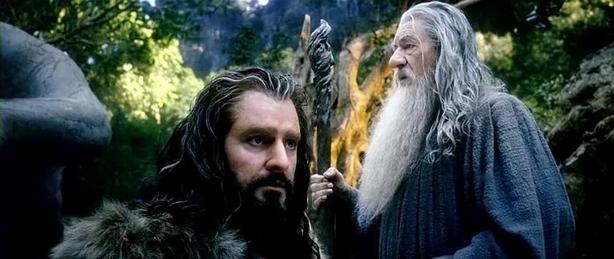
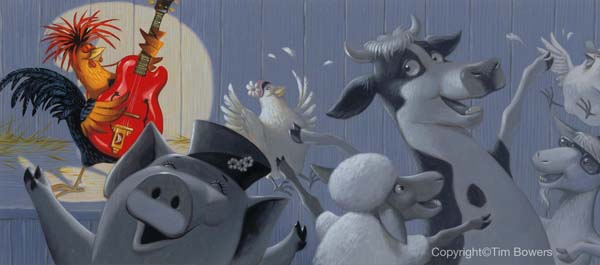



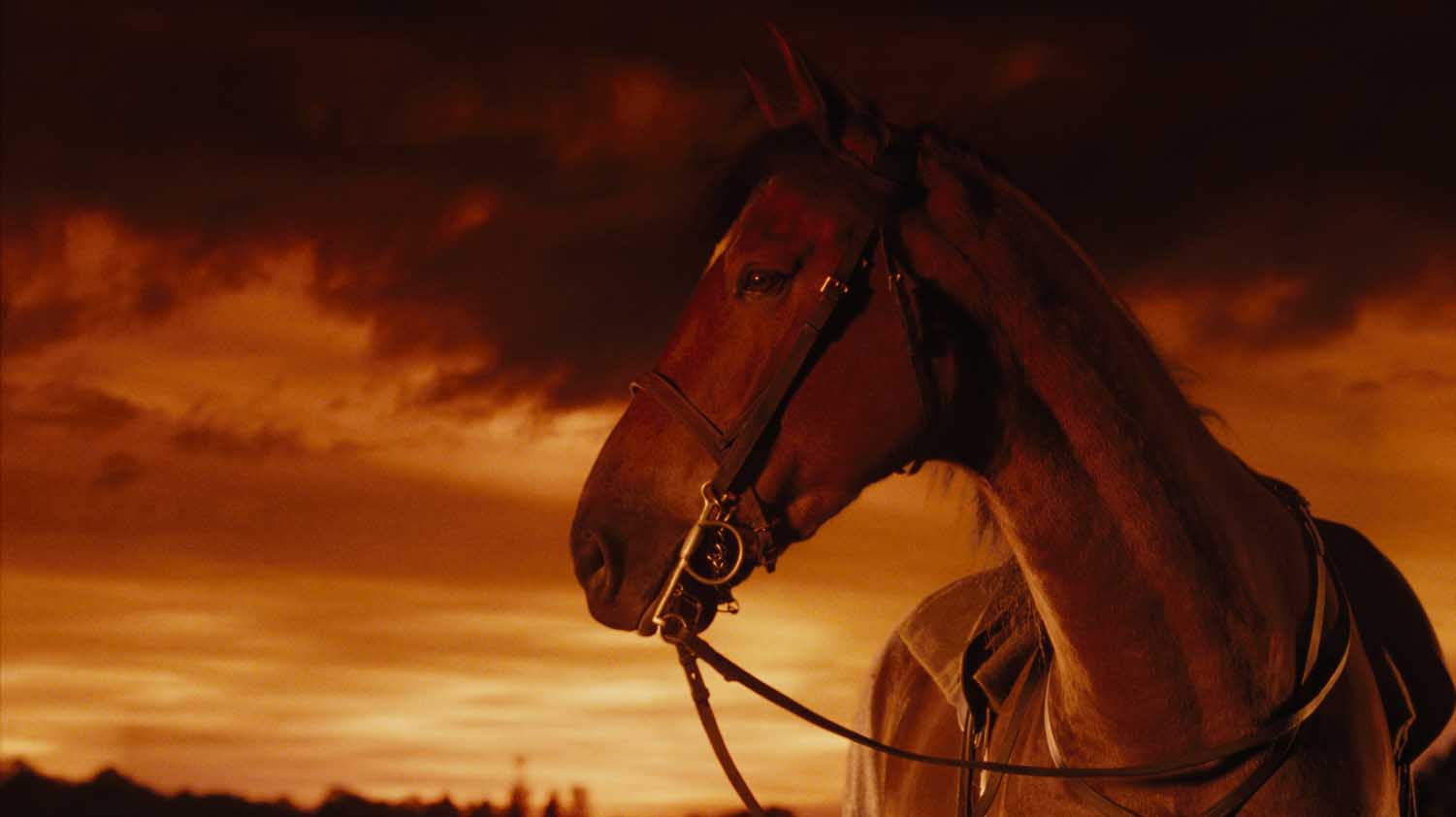



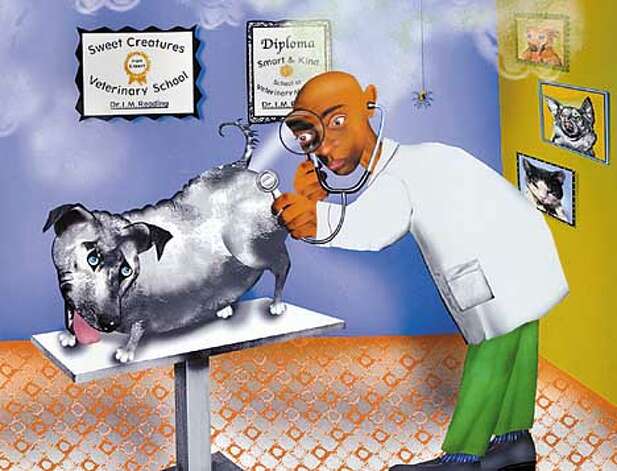






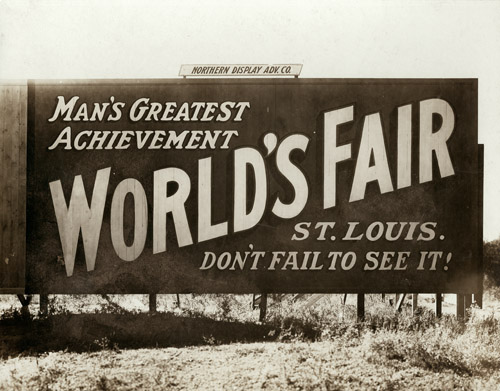










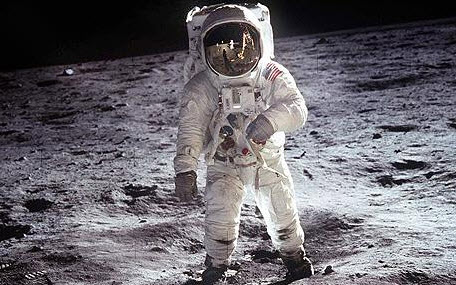





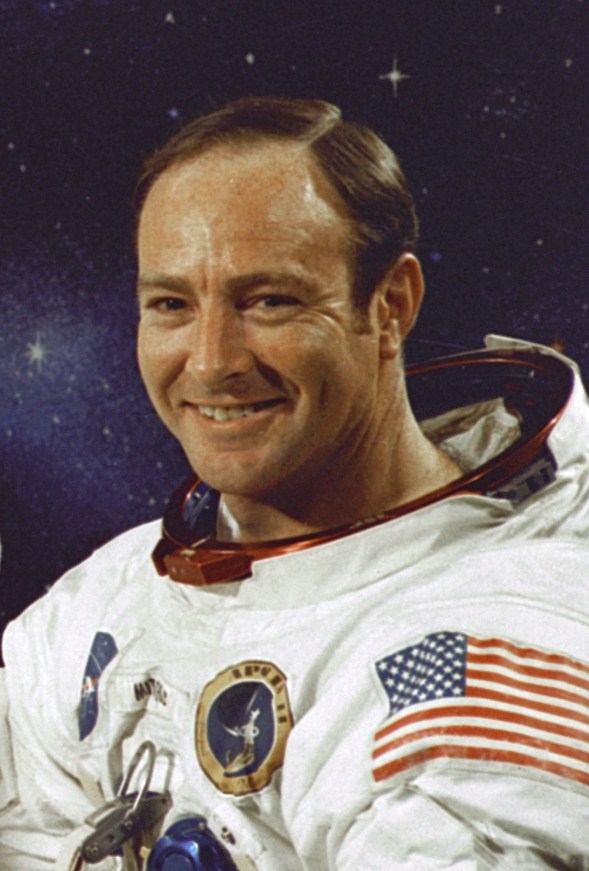
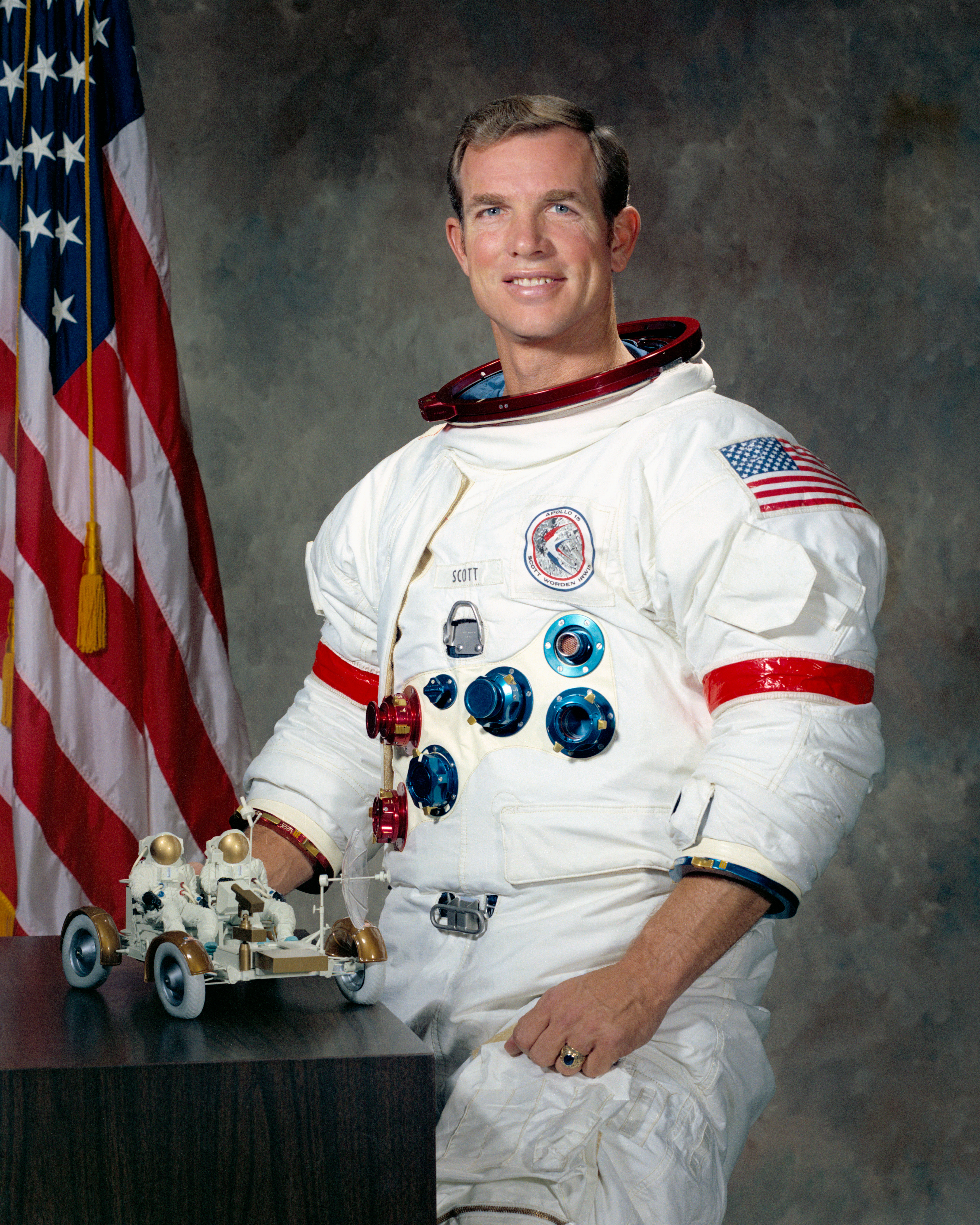

.jpg)









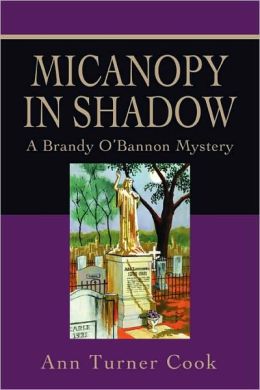








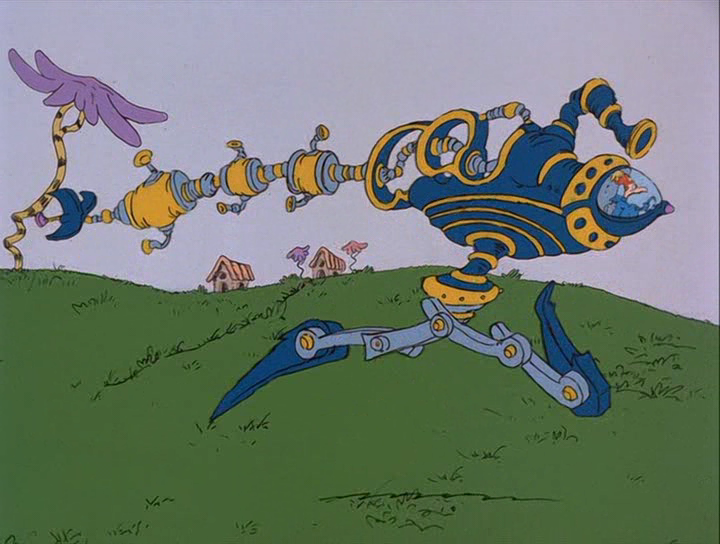







_-_20080416.jpg)


